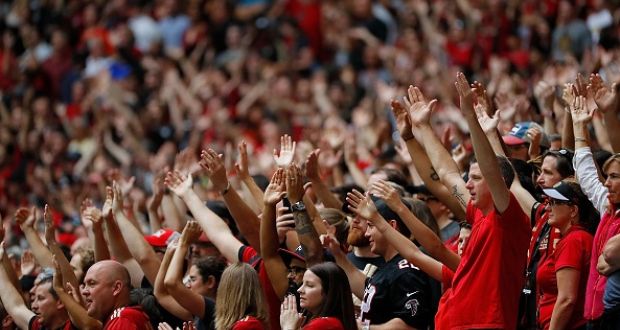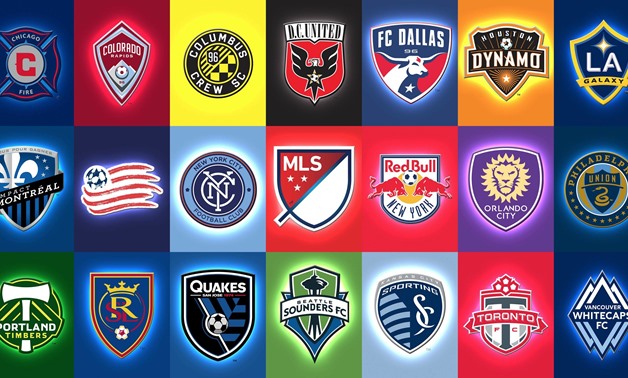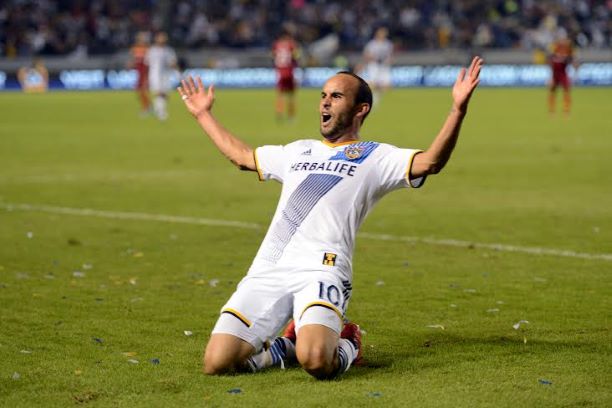South American Dominance in Portugal
South American Dominance in Portugal


By Dominic Vieira
This week I am going to be commenting on a key issue which is affecting the modern game in Europe, foreign players vs. home-grown players. I will primarily focus on the Portuguese League, but this issue affects Europe’s top divisions, especially the Premier League where there are more foreigners playing than British players. I will also take a look into the FIFA 6 + 5 rule, which will start being implemented next season.
The Portuguese League is full of talented and gifted players, however, the majority are not Portuguese; they generally originate from South America, and some examples of the imported stars are Di María (Benfica), Hulk (FC Porto), Matias Fernandez (Sporting). These players are poached at a relatively young age and for a low fee. But Portuguese clubs don’t buy the top stars in South America as they have high transfer prices. It’s easy to sign Southern American players as they don’t require a work permit and initially don’t demand excessively high wages. After spending 2 or 3 seasons in Portugal they’re sold for at a multi-million transfer fee; Lisandro Lopez and Anderson both left Portugal for over 25 million euros.
Without a doubt, the transfers are highly profitable and are an essential source of income for clubs. It’s not only the top 3 clubs which benefit from this, for example, Nacional da Madeira bought Brazilian striker Nenê for a small fee and sold him last summer for 4.5 million euros to Calcio Cagliari.
Portugal produces world class players, but the rising stars tend to leave the country at a young age. They depart from Portugal to play in a more competitive league, further develop as a player and receive a greater salary. Cristiano Ronaldo spent one season at Sporting before transferring to Man. Utd and Quaresma played 2 seasons before moving to Barcelona in 2003.
However, the principal problem is that the larger intake of foreign players has made it harder for home-grown players to break into the first team of a club. If that player is talented, he will soon depart to another league and for a strong price. His replacement is generally Southern American, e.g. Benfica replaced Simão with Di Maria.

Benfica’s South American Striking force, Saviola and Cardozo are one of Europe’s most feared striking partnerships
Portuguese football is losing its identity, there are less home-grown players performing in the league each season and the national team plays with Brazilian players. On the other hand, there is club which stands out from the crowd, they are Sporting. The Lisbon-based side has one of Europe’s most prolific football academies and normally a youth player is promoted to the main squad each season.
Sporting are an example to follow, Porto and Benfica should start investing heavily into their youth teams. Unfortunately, if clubs don’t change, then Portuguese football will become the key bridge which links South America to Europe.
Why So Many South Americans?
South Americans easily adapt to the Portuguese lifestyle as it is corresponding to theirs, the climate is fairly similar also. Portugal is the league where there is the highest number of Brazilians playing, this boosted by the fact that they share the same language. Furthermore, the style of football is very similar and it doesn’t take long for them to adapt. The Portuguese league is less physical to other leagues and there is less pressure on the players to perform.
South American players are always open to a move to Portugal and enjoy life here. They easily establish themselves in the league and in a small period of time they adapt to the European game. Once they have achieved everything there is, they move on.
Let’s take quick glance at the standard Benfica line-up: 3 Brazilians (Luisão, David Luiz & Ramires), 3 Argentineans (Di Maria, Saviola & Pablo Aimar), 2 Portuguese (Quim & Fábio Coentrão), 1 Paraguayan (Oscar Cardozo), 1 Spaniard (Javi Garcia) and 1 Uruguayan (Maxi Pereira)
The intake of South American players has, without a doubt, improved the quality and standard of the game. The key players in Benfica’s team are South American, and most of the success has been achieved by them. Many European clubs are eager to sign Benfica’s stars and it won’t be long until Ramires, Di Maria, Cardozo and David Luiz leave for colossal fees.
Universal?
This case is highly evident in the Premier League, where the majority of the players are foreign; there are some games when Arsenal doesn’t even have a British player on their starting XI. However, the foreigners are not principally from South America, but from all over the world. But the point is, there are a disproportionate number of foreign players.
Especially Brazilians in particular, have found it hard to adapt to the English game and culture. South American’s are becoming more dominant in the Italian and Spanish Leagues, especially as they easily adapt to the Latin lifestyle. The style of game appeals to them and they have the space and time to demonstrate their skills and creativity. The speed of the game is slower than in England.
Each year the number of South Americans leaving their country increases. In 2008, a record 1800 Brazilians left their country, with over 200 moving to Portugal.
The number of South Americans in Arab League’s has started to increase, stars such as Juninho, Rafael Sobis and Jorge Valdivia can all be found plying their trade in the Far East.
The number of foreigners is increasing each year in Europe’s finest leagues and something must be done to control the number of foreigners competing.
The Losers

Liedson and Deco are two of the three Brazilians who play for Portugal. They will be joined by Pepe at the World Cup.
The two components which are losing are: 1) Aspiring football players. 2) The national team.
Aspiring football players in Portugal (and Europe) aren’t being given a fair chance to break into the first team. Unless they are highly talented at their age, clubs will not utilise their youngsters. Sometimes, it takes 2 or 3 years for a player to establish himself, but clubs don’t want to wait, they expect instant success. When was the last time Real Madrid launched a youth player? And look at their size and quality of their training facility. Clubs prefer to buy talented foreigners than look within their country. Therefore, young players may never have the chance to play at the highest level as they are being ignored.
The Portuguese national team is composed of 8 Portuguese player and 3 Brazilians. The last one to nationalise himself was Liedson and Portugal urgently needed him. There was a lack of goal scoring strikers and the side needed goals, Carlos Queiroz opted to call up Liedson who has scored 3 times in 7 appearances. But, if there were less Brazilians and more home grown players in Portugal, wouldn’t there be more offensive options? Liedson is going to be a key element at the World Cup and stated that he is proud to play for Portugal. In England, Almunia has offered his services to play for England but they have been rightfully turned down. As there are more foreigners playing in European leagues, the national teams are starting to suffer as there is less choice
Innovation, the FIFA 6+5 Rule
The 6 + 5 rule aims to restore the national identity to football clubs and leagues because of the constant increase of foreign players in teams. It also wants to reduce the gap between the larger and smaller teams.
There are ongoing talks between the European Union and Fifa to allow this rule to pass, even though it violates a law. Hopefully, it will be resolved for the start of next season.
The rule will start to be implemented next season, but at a slower rate so clubs like Benfica, Arsenal and Inter Milan have time to adjust to it.
1. 4+7 for 2010-2011
2. 5+6 for 2011-2012
3. 6+5 for 2012-2013
Can It Work?
I believe in the 6 + 5 rule, it protects home grown football players and gives them a real opportunity to accomplish their dream, become a football player. By implementing this rule, teams will have to start looking heavily into their youth teams. In the long run, it will allow national teams to have a greater national pool which gives them more choice in their selections.
It won’t be easy to implement at first and many clubs will have to change, but it means that they will spend less on foreign players and start buying national based products. Also, instead of buying national players, they can opt to promote youth players, which can save teams millions each season. If clubs like Chelsea or Benfica can purchase fewer foreigners, will this allow smaller clubs to challenge them?
What is your view?







